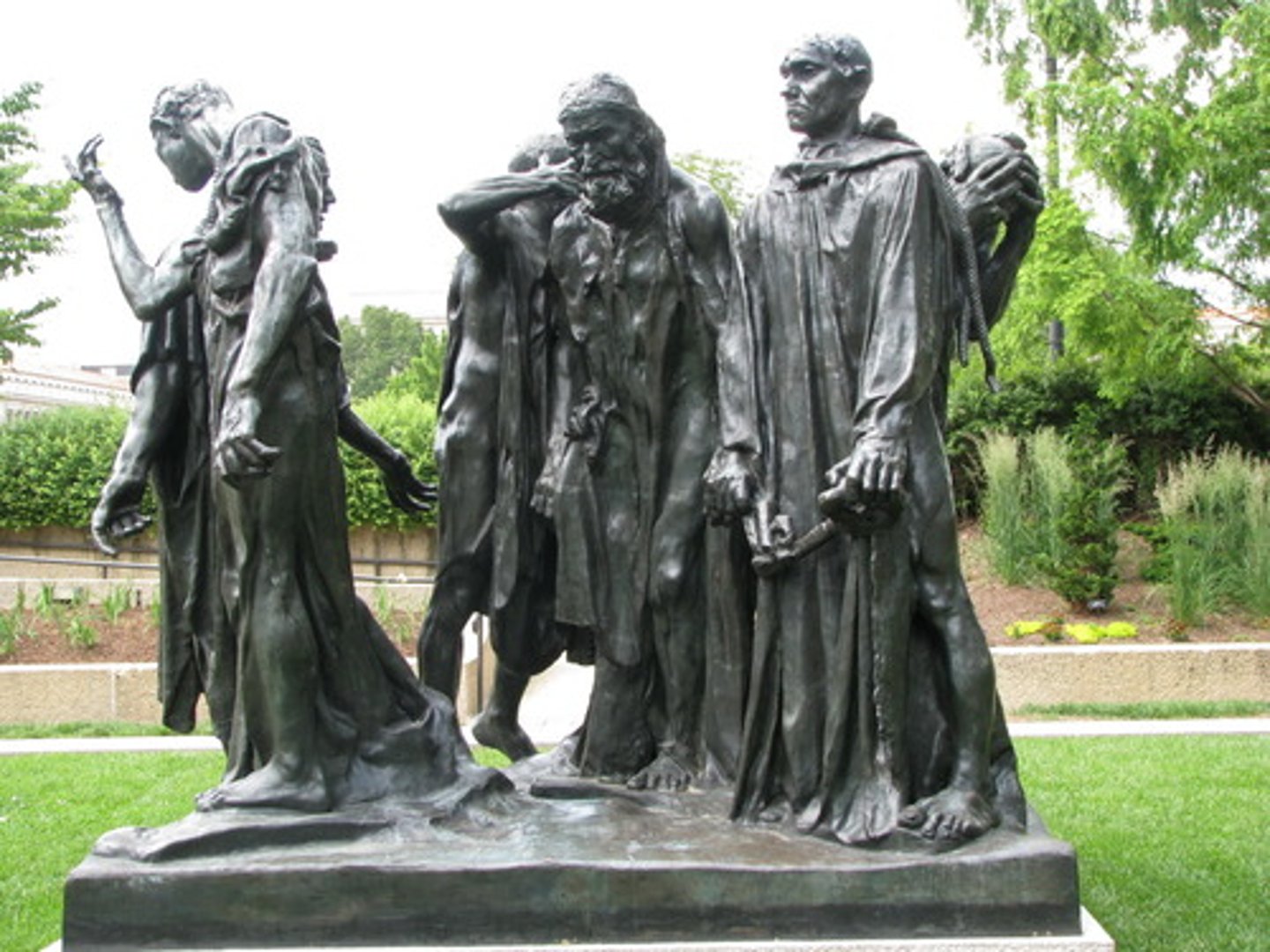Art History 225B Post-Impressionism & SYmbolism
1/25
There's no tags or description
Looks like no tags are added yet.
Name | Mastery | Learn | Test | Matching | Spaced |
|---|
No study sessions yet.
26 Terms
Post-Impressionism Bracket Date
1880-1900
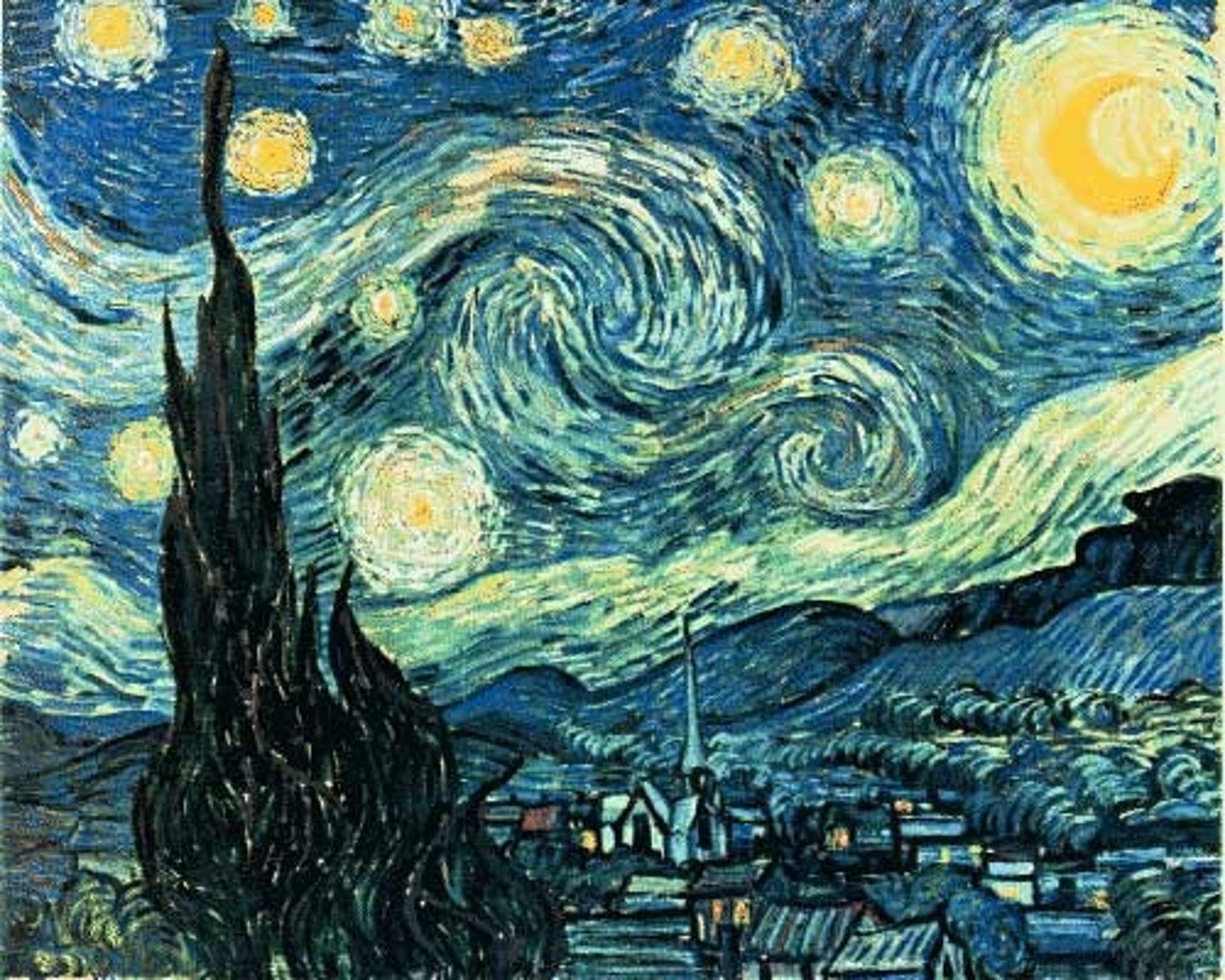
Symbolism Bracket Date
1880-1900
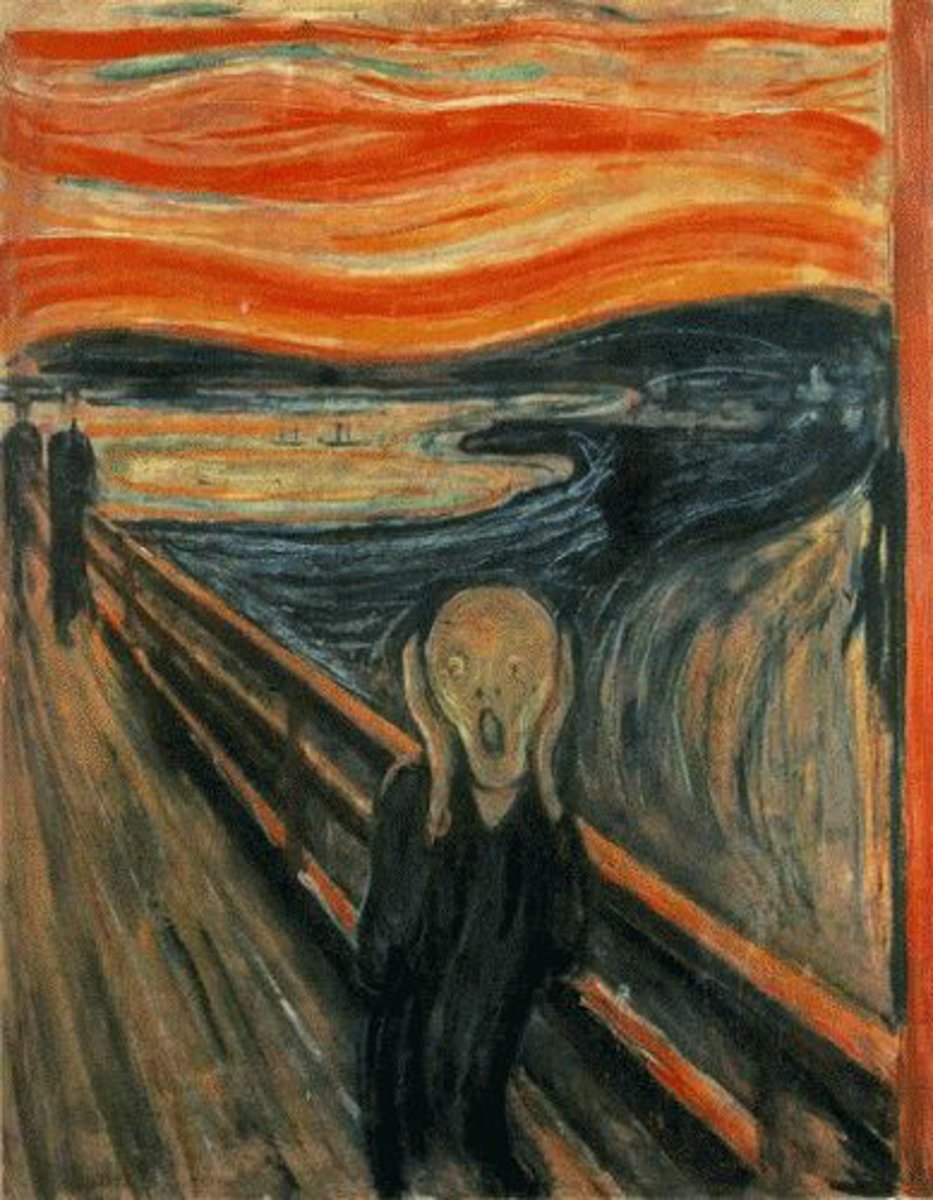
Pointillism
a system of painting derived by Seurat in which the artist separates color into its component parts & then applies the component colors to the canvas in tiny dots (points); the image becomes comprehensible only from a distance, when the viewer's eyes optically blend the pigment dots. Also referred to as Divisionism or Neo-Impressionism.
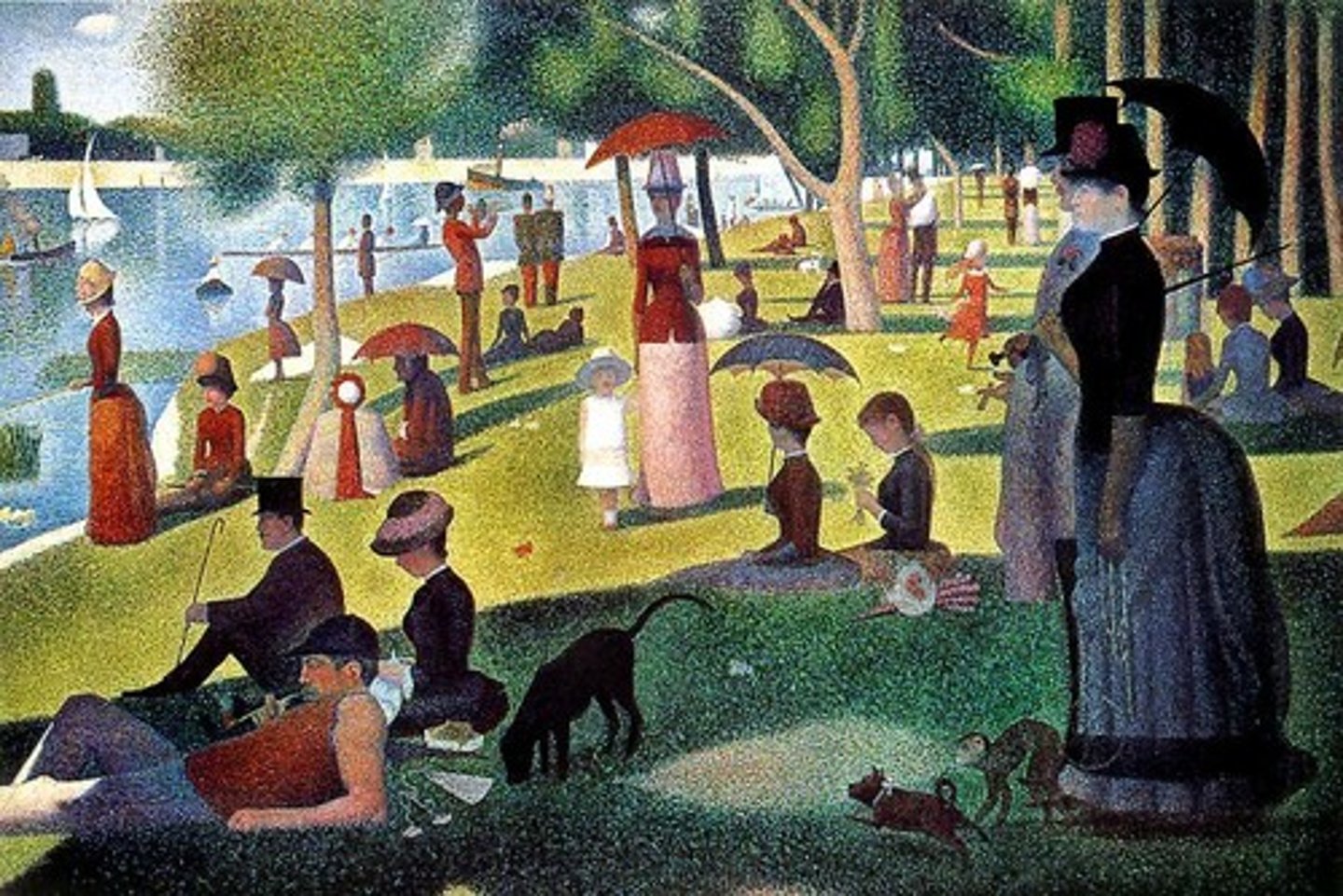
woodblock print
a print made from one or more carved wooden blocks. In Japan, woodblock prints were made using multiple blocks carved in relief, usually with a block for each color in the finished print.
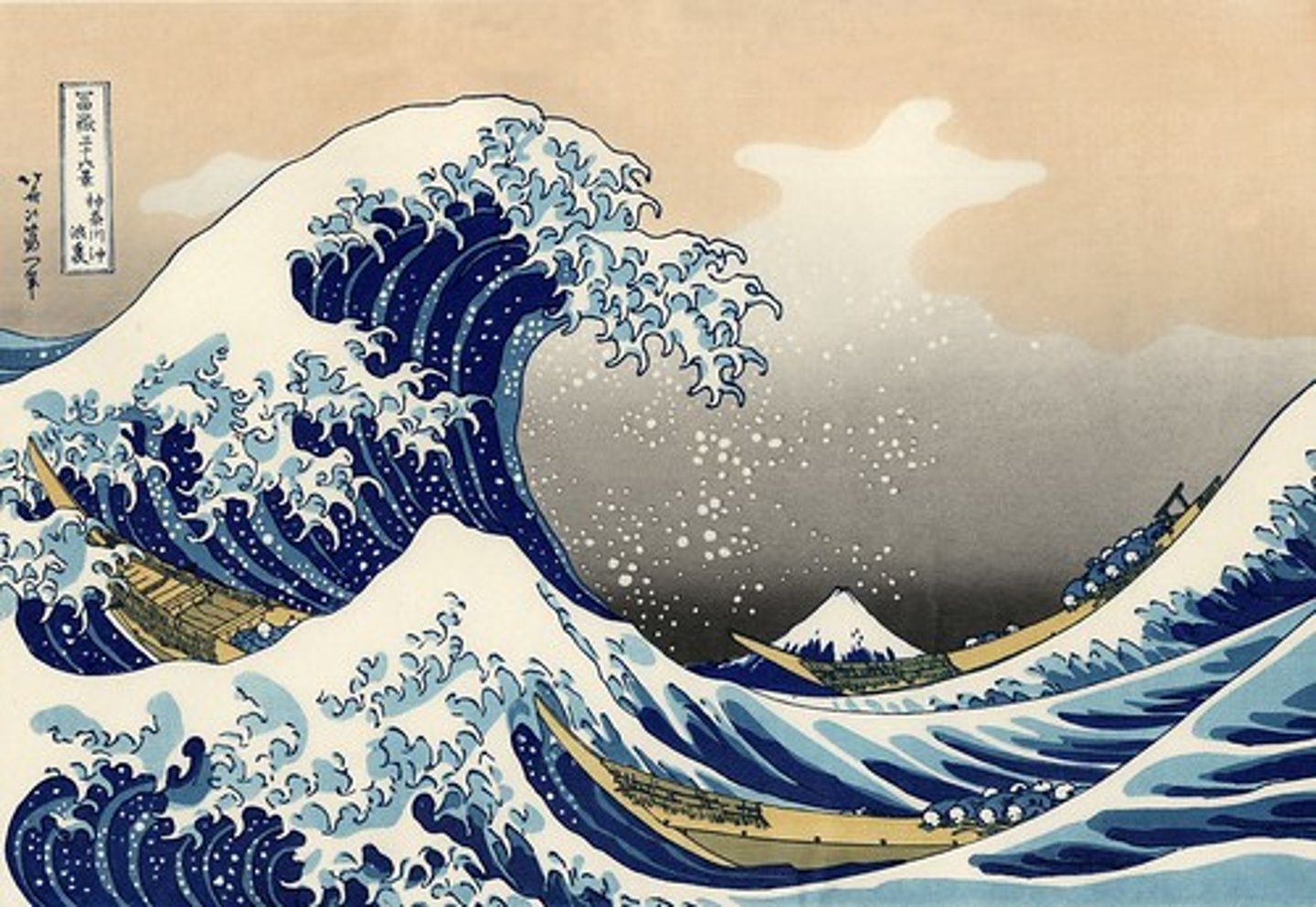
ukiyo-e
Japanese "pictures of the floating world"; a style of Japanese genre painting and print-making - often focusing on the realm of geishas and popular entertainment - that influenced 19thc. Western art
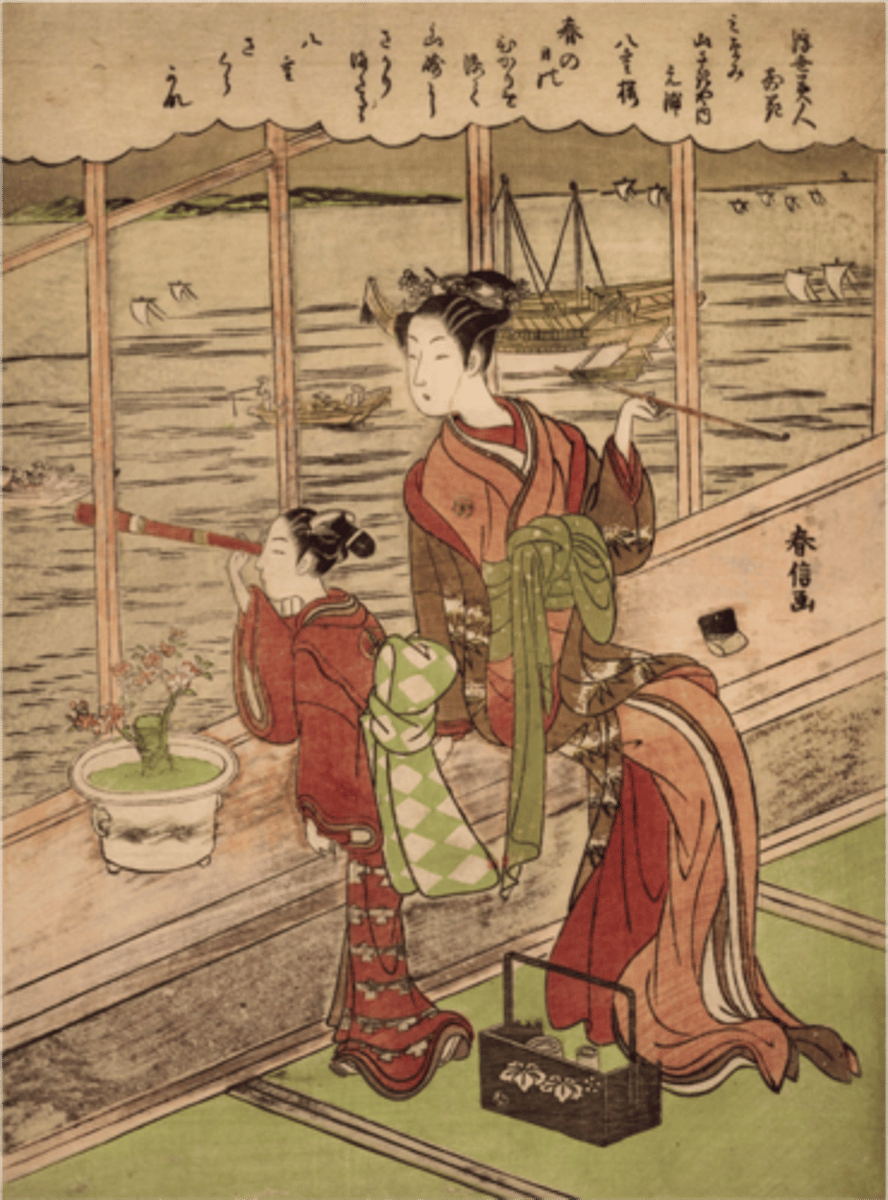
japonisme
the French fascination with all things Japanese; emerged in 2nd half of 19thc.
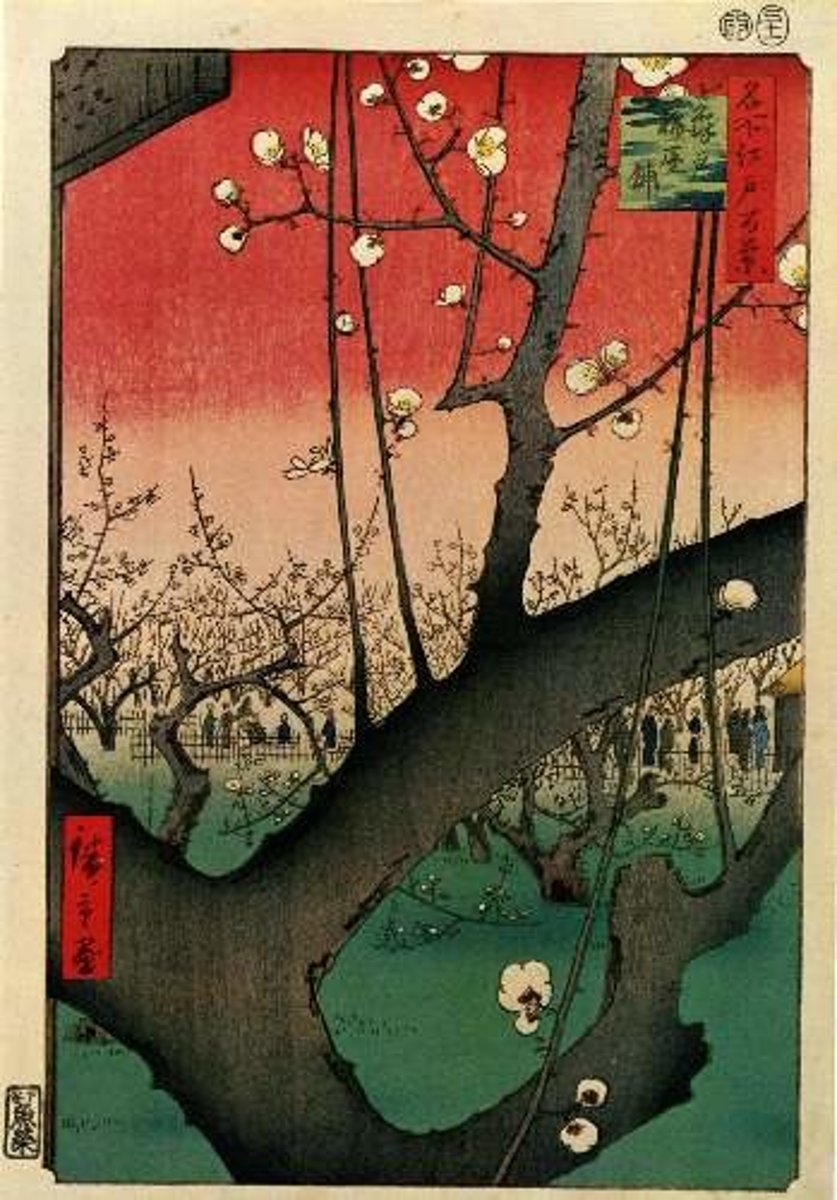
Primitivism
the borrowing of subjects or forms usually from Non-Western or prehistoric sources by Western artists; originally practiced by Western artists as an attempt to infuse their work with the naturalistic and expressive qualities attributed to other cultures, especially colonized cultures.
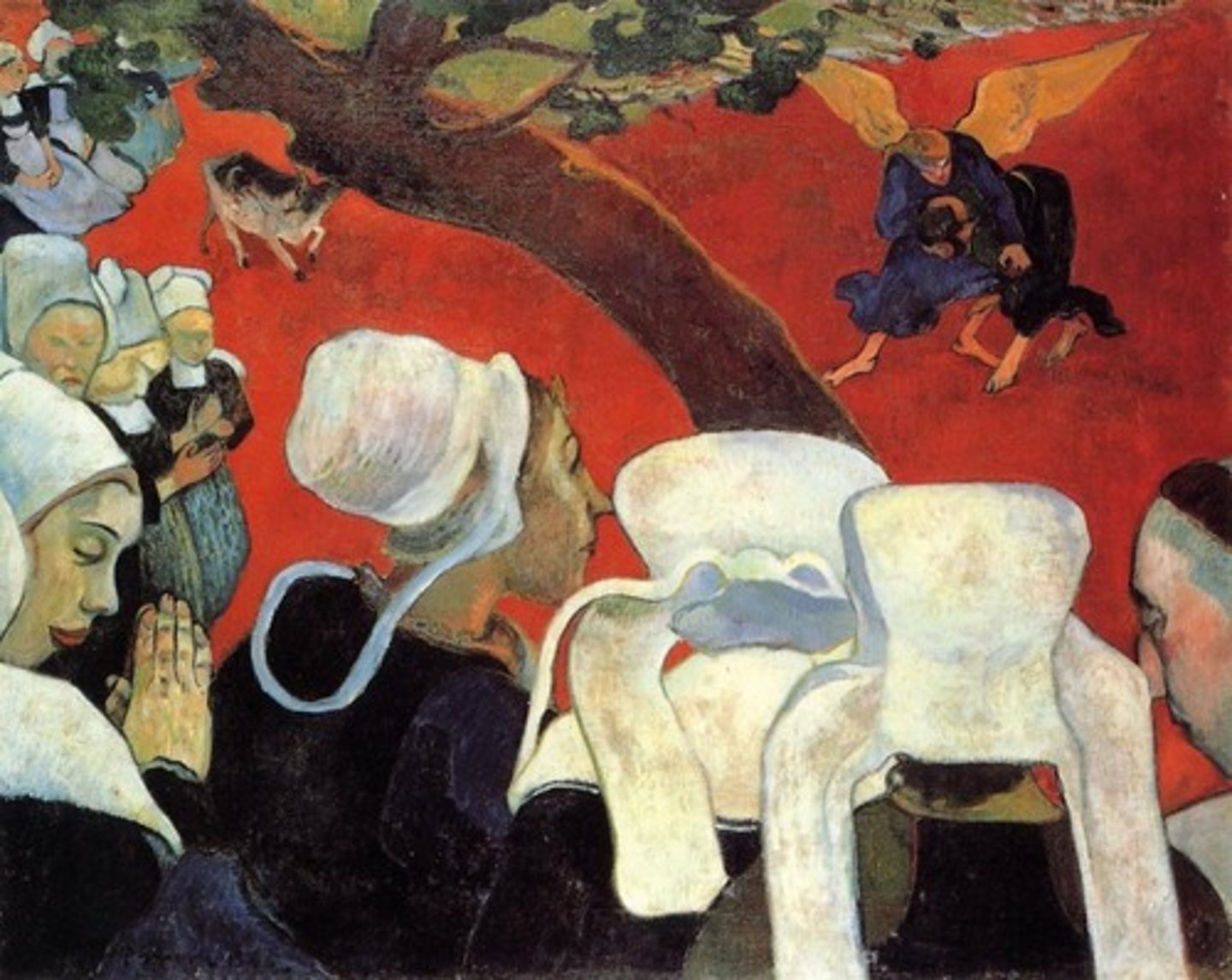
Synthetism
a genre of French painting of which Gauguin was a leading figure; characterized by bright flat shapes of color and pattern and symbolic treatments of abstract ideas; production of images was based on imagination, emotion, and feeling about subject as well as outward appearance of natural forms
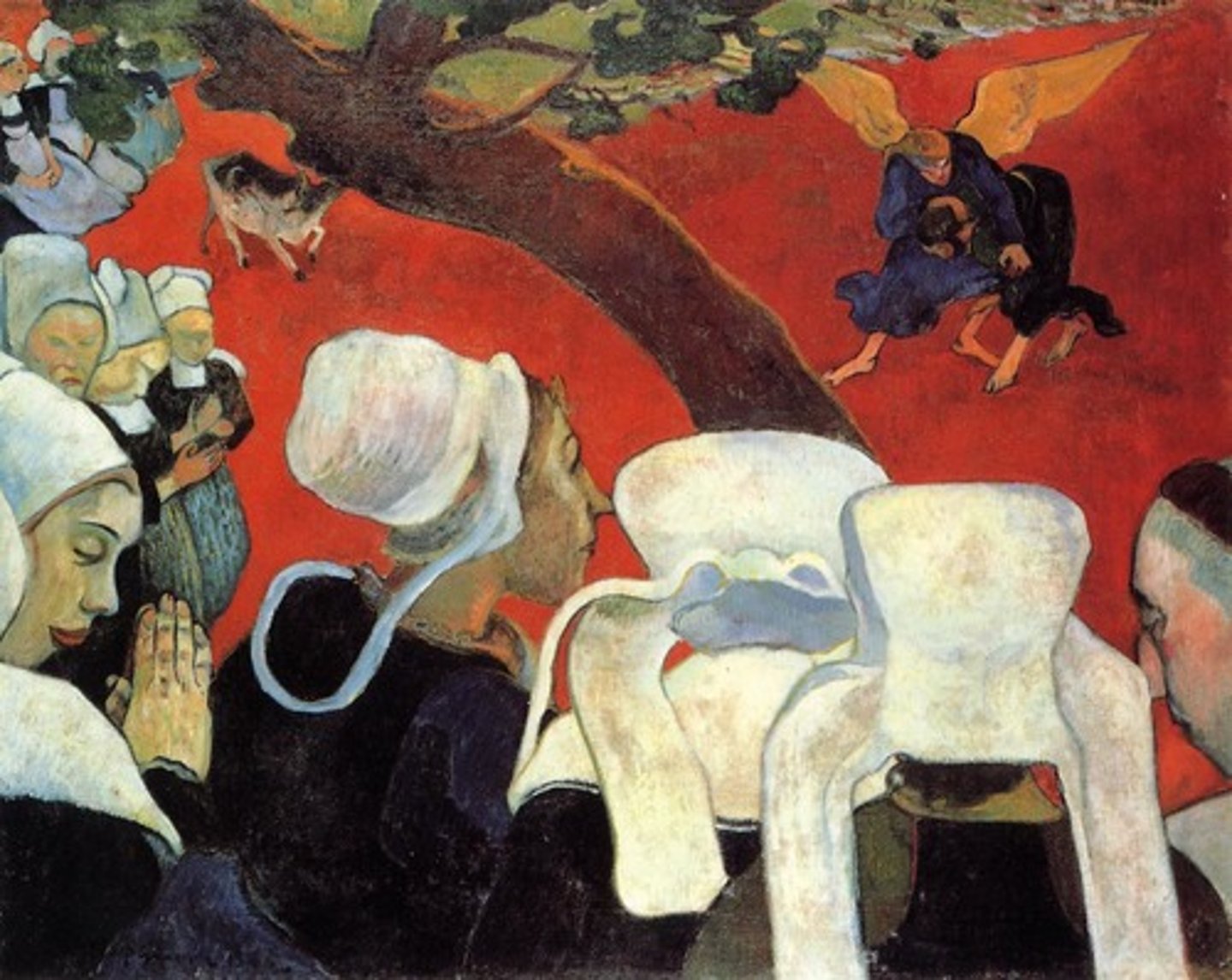
Symbolism
an International art movement of the late 19thc based on the idea that the artist was not an imitator of nature but a creator who transformed the facts of nature into a symbol of the inner experience of that fact; Symbolist artists like Munch focused on elemental forces, urges, & desires, deep-seated passions and fears, attempting to make visible their inner psychological struggle
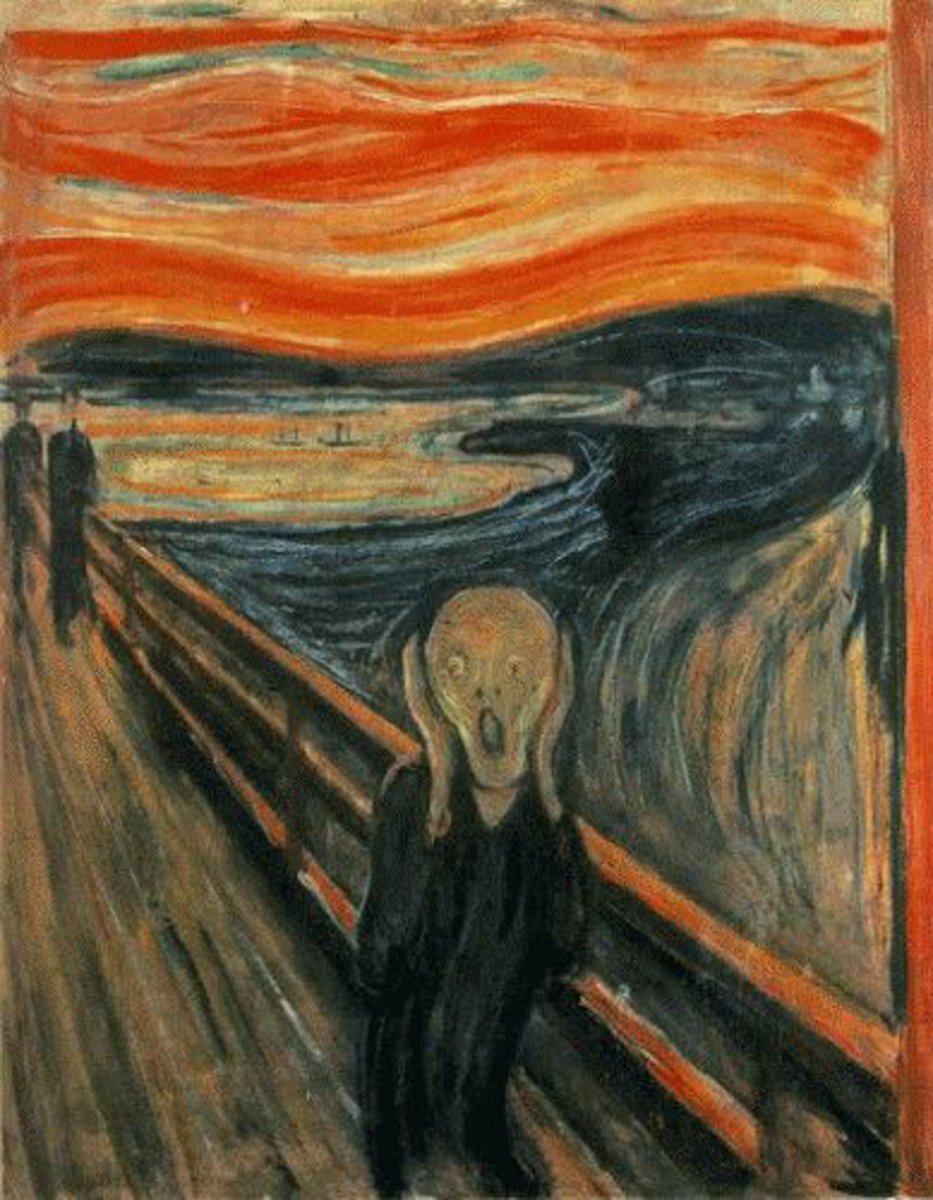
femme fatale
a woman of great seductive charm and sexual allure wholeads men into compromising or dangerous situations; a type thatpreoccupied many avant-garde artists and visually expressed male fearsover the changing role of women in society
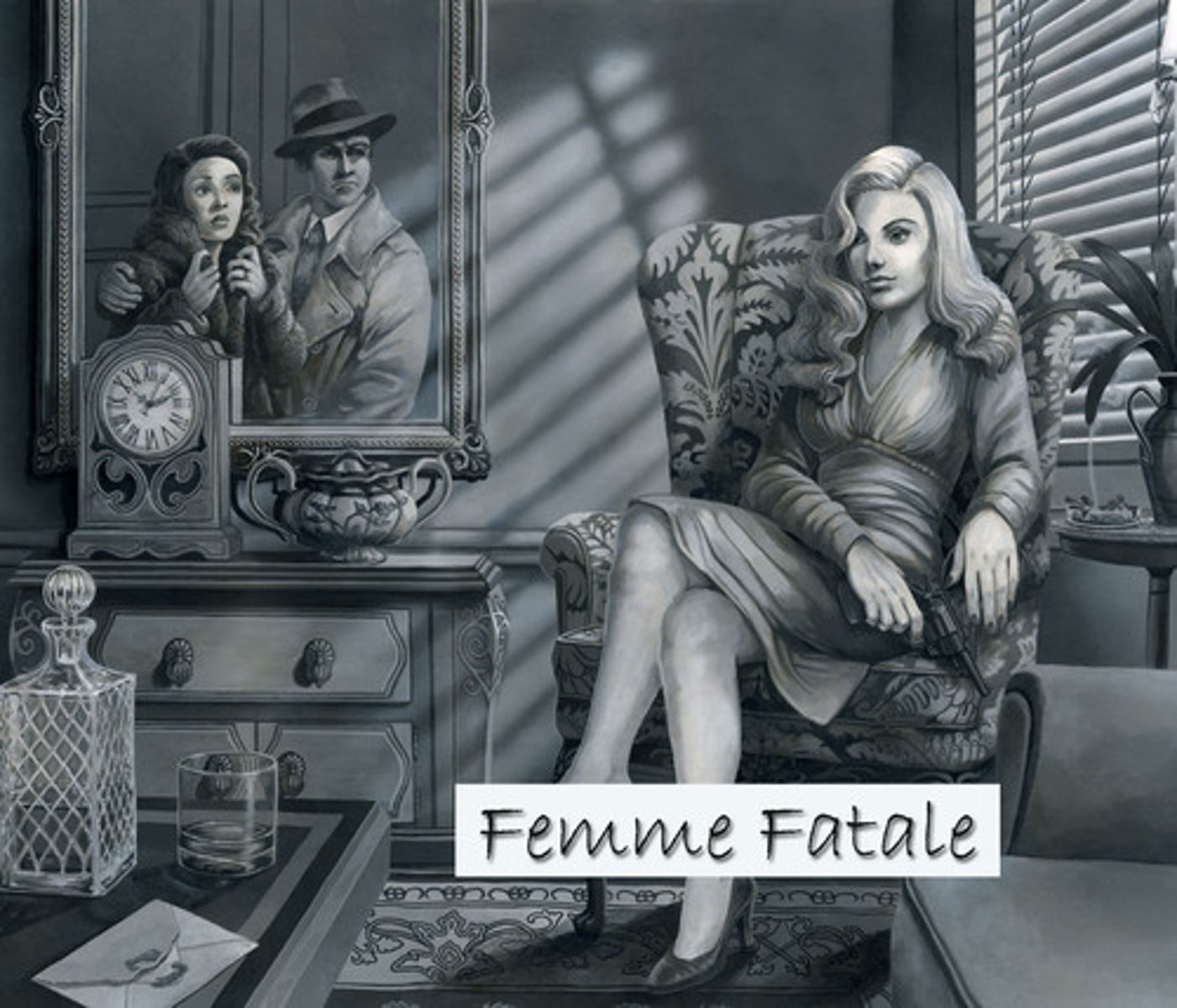
Impasto
painting that applies the pigment thickly so that brush or palette knife marks are visible
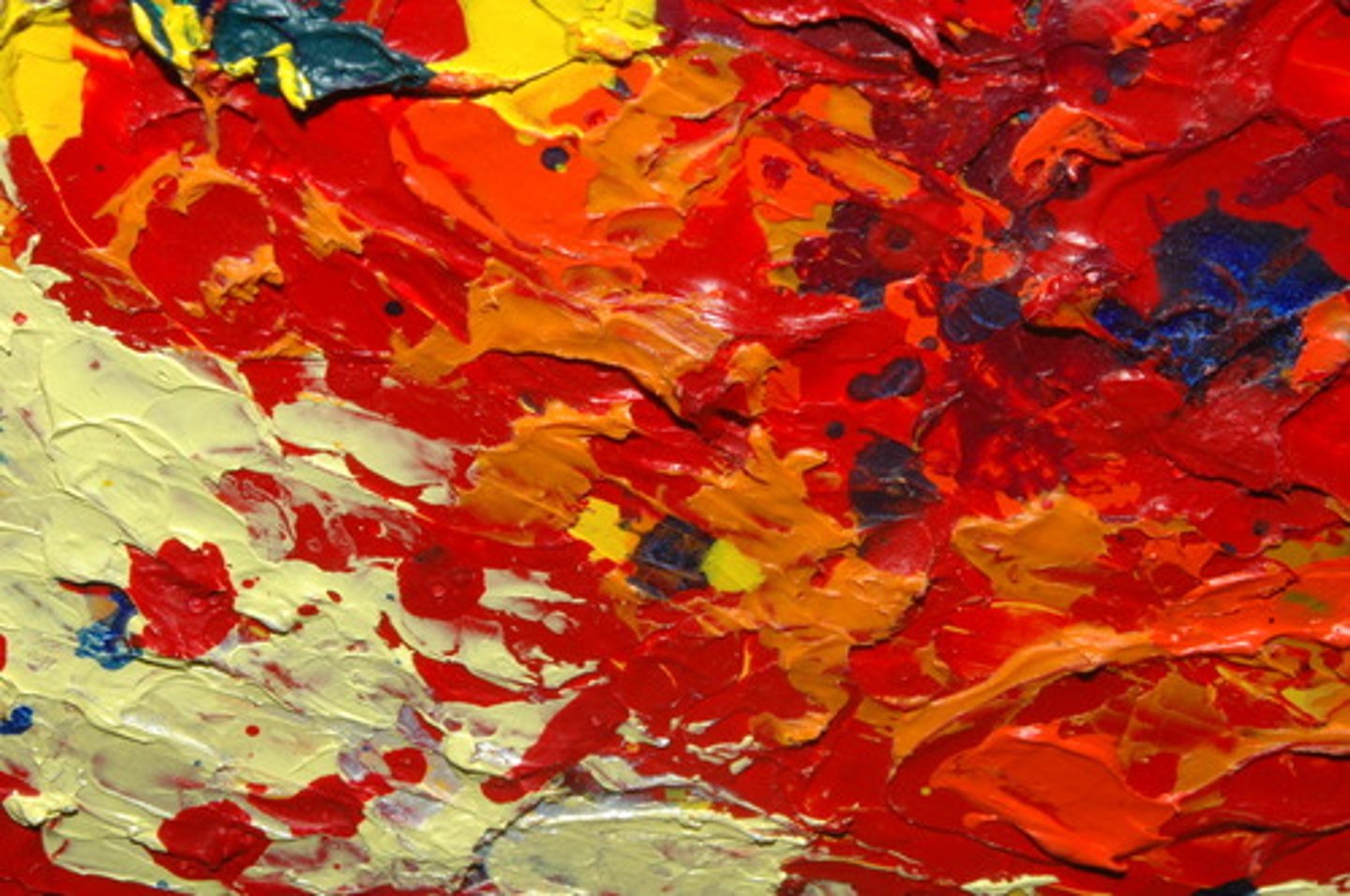
complementary colors
Colors located directly opposite one another on the color wheel
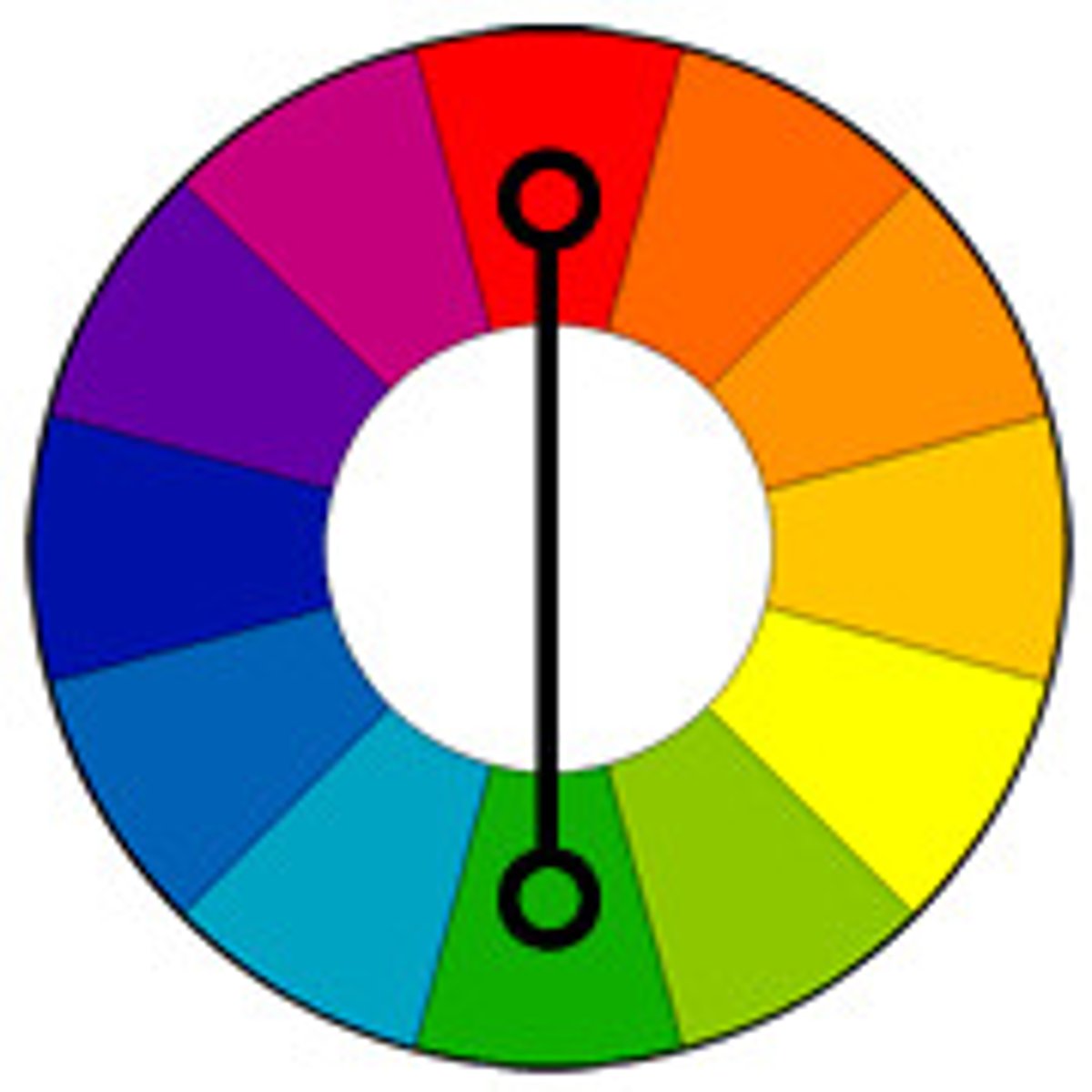
The four primary Post-Impressionist painters are often grouped in pairs - Cezanne and Seurat as one pair, Van Gogh and Gauguin as the second pair - be able to discuss in detail what unites each pair.
Cezanne and Seurat are very structured and organized. Quasi-scientifiic. Van Gogh and Gaugiun are more emotional and expressive. They used energized and emotional brushstroke/impasto
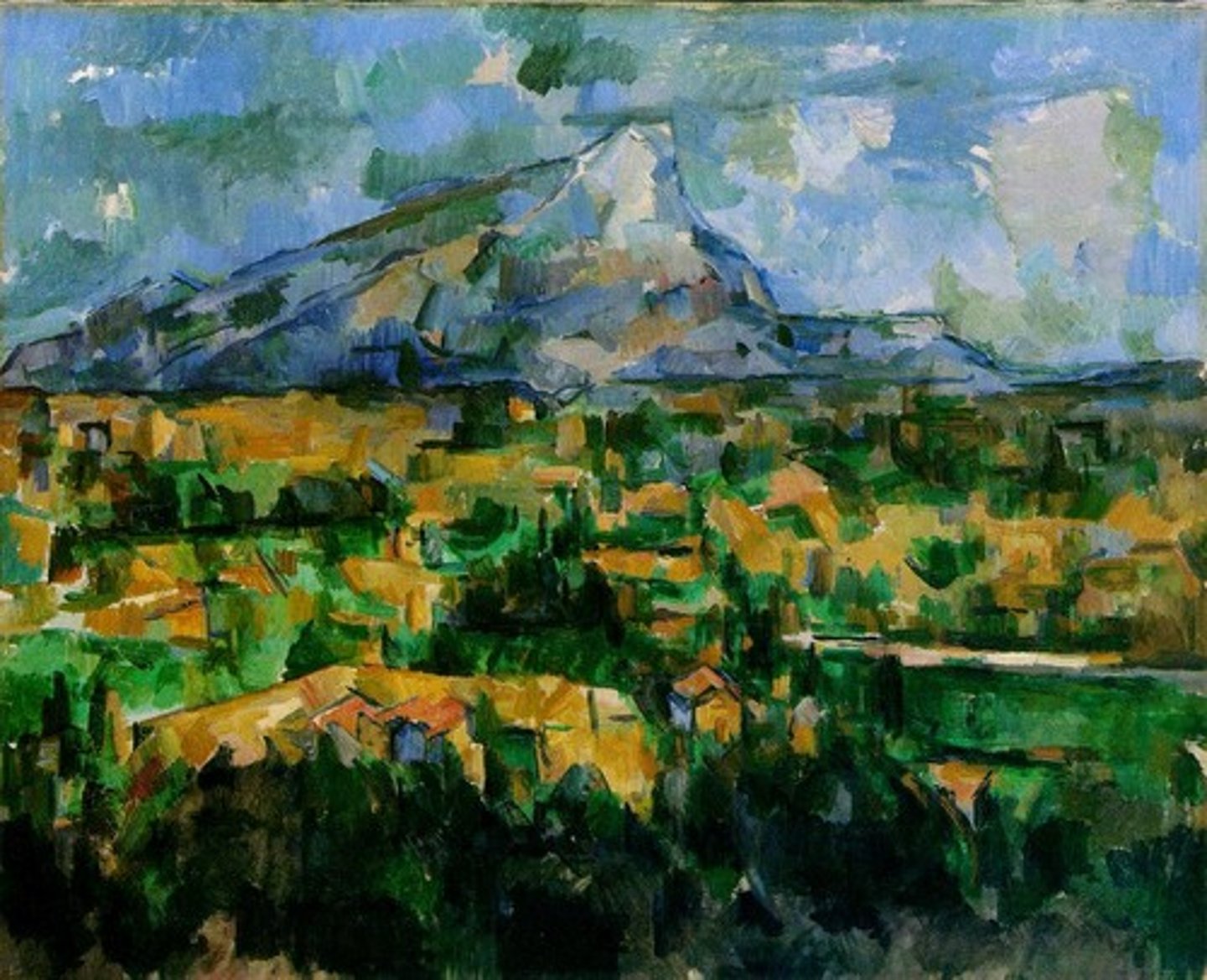
Be able to discuss how each of the four Post-Impressionists responded to the Impressionist movement. What do they embrace, what do they reject? (think: style, subject especially)
Impressionists were interested in depicting the momentary and fleeting, but still wanted to be true to sight. They used brushy, flickering strokes to create a sense of spontaneity and were influenced by Japanese prints. Van Gogh i also inspired by Japanese prints, did not always work en plein aire, brushwork was very brushy. Focused on portraying emotions. Cezanne's brushstrokes were short and repetitive, unlike Monet's. Cezanne is unconcerned with creating a believable space, works over long periods of time, but does work from nature, like the impressionists. Seurat, like the impressionists, wanted to communicate natural light, but he did not like to work en plein aire. He also used complementary colors, but he used pointillism rather than brushy strokes. He wanted a sense of timelessness, not spontaneity. Gauguin's colors are brighter and brushwork looser, but not as loose as Van Gogh's. He used areas of plat color, inspired by japanese prints.
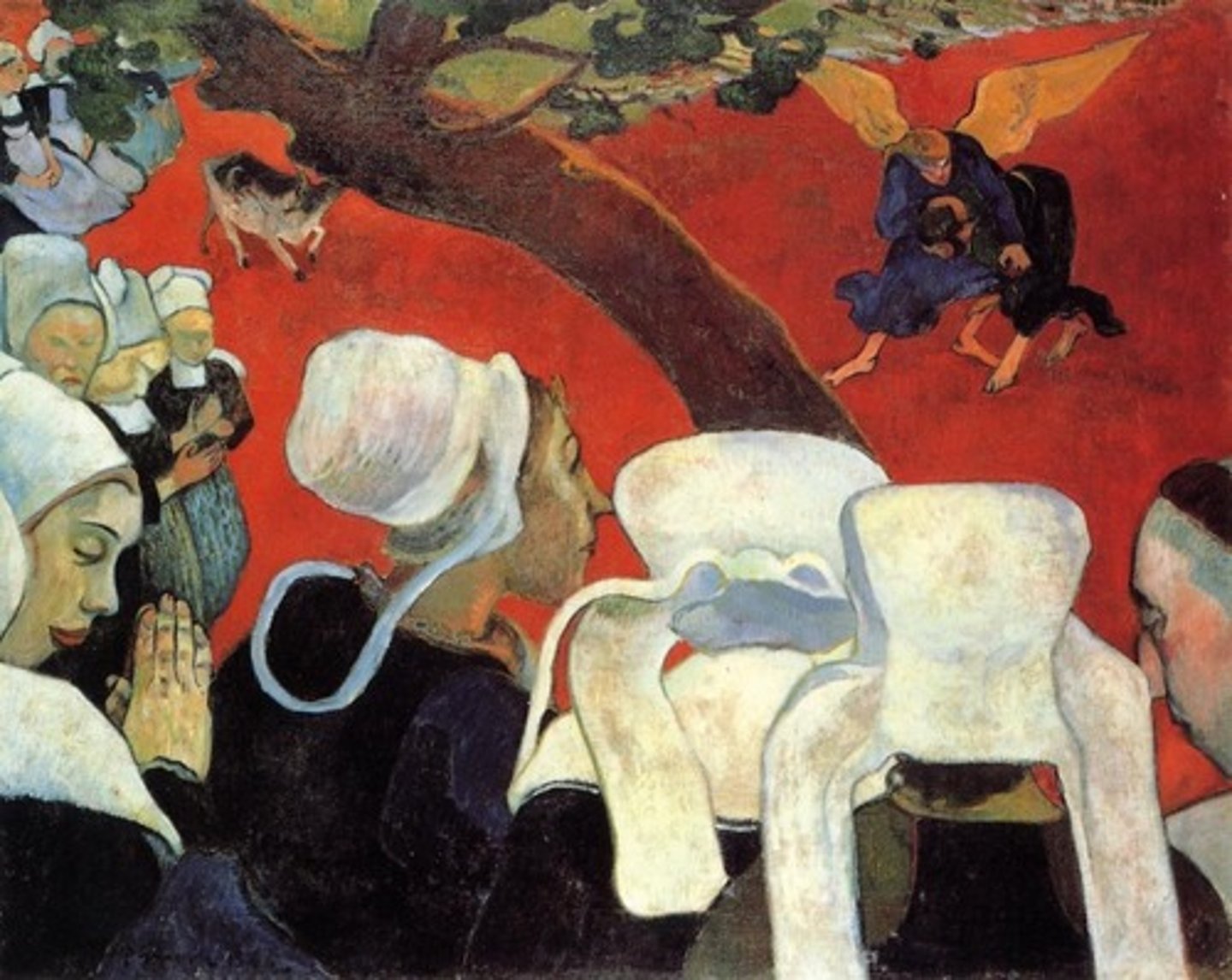
Why is Cezanne often called the father of modern art? On the other side of the coin, what artists of the past does Cezanne look back to? And why? Use his painting Mont Sainte-Victoire in your answer
Cezanne felt that impressionism lacked structure. He sought to achieve Poussin's effects of distance, depth, structure, and solidarity by using color, not traditional perspective or chiaroscuro. In Mont Sainte-Victorie, he used sections of color palettes to imply distance.
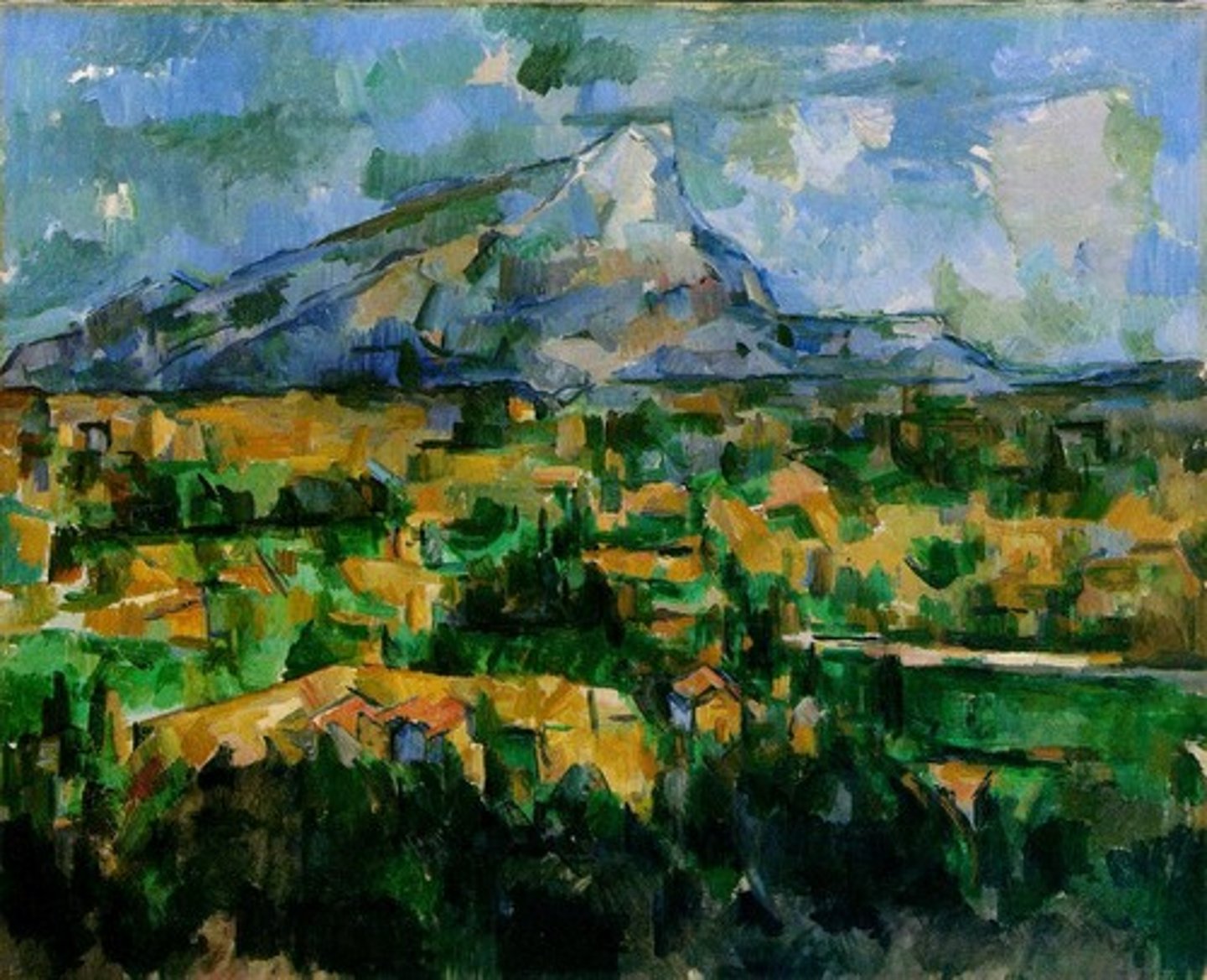
Discuss Pointillism. Why does Seurat embrace this "system" of painting? What artwork of the past is Seurat hoping to replicate? How does A Sunday on the Grand Jatte summarize his Pointillist style? Think especially of subject and style and why he makes specific choices concerning color, placement of figures, treatment of landscape, etc.
Pointillism involves dividing colors into their component parts and applying those colors to the canvas in tiny dots. This technique draws our attention to the surface. He wanted to depict life in a strictly intellectual way and used pointillism to play with scientific color theory. Light, air, people, and landscape are formal elements in an abstract design in which line, color, value, and shape cohere in a precise and tightly controlled organization.
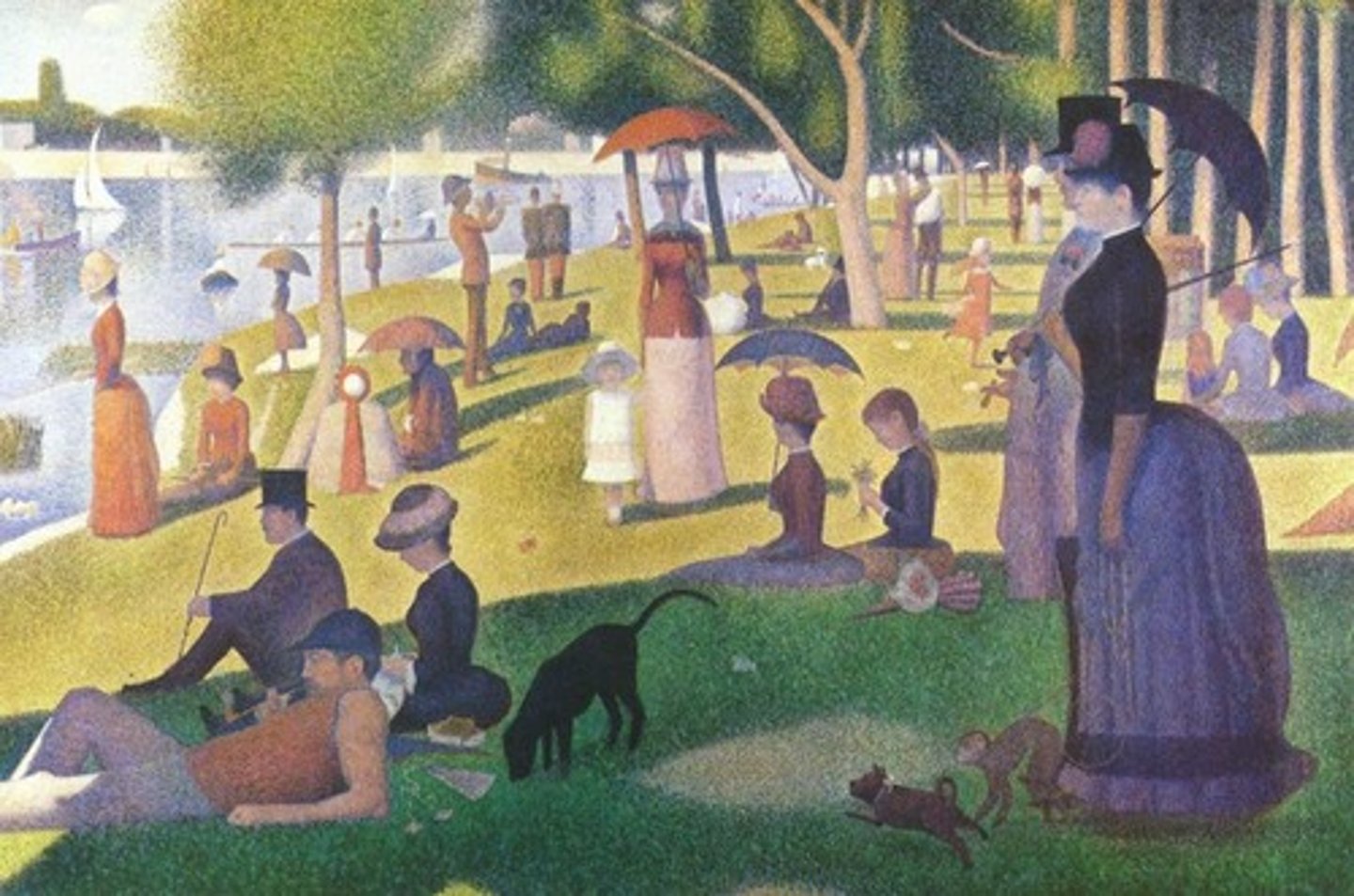
Van Gogh has a very unique and expressive personal style. Discuss what makes it so and what Van Gogh was aiming to achieve in his art. Think: what does Van Gogh's art mean to him personally? Use Starry Night to support your answer.
Van gogh used painting for self-expression and for mental health, You can see the turbulant state of his mind thorugh his artwork. Ex: Starry night
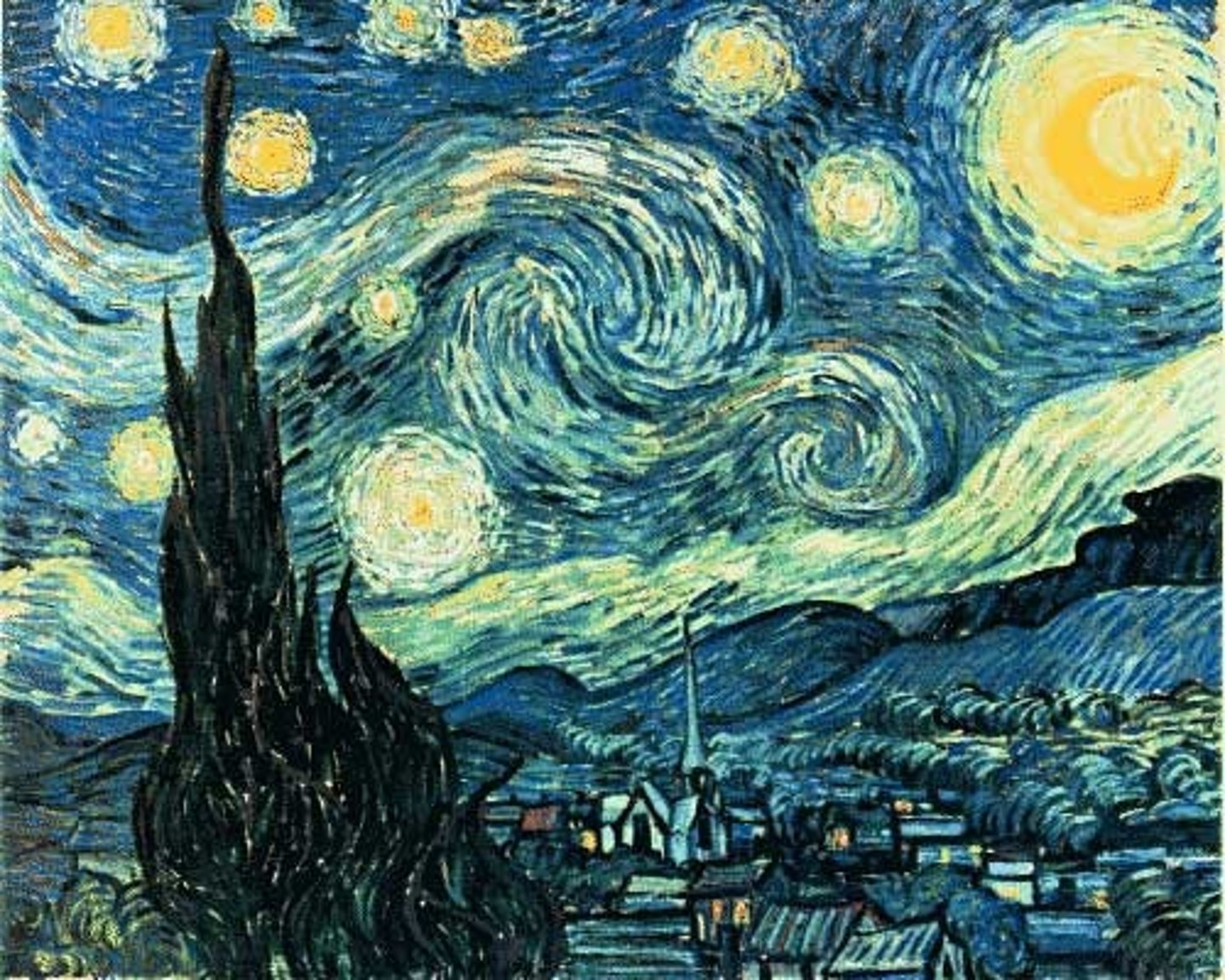
Also consider the Night Café - what kind of place is this? What stylistic elements does Van Gogh use to express the atmosphere of the café?
Van Gogh wanted this painting to convey an oppressive atmosphere. He communicated the madness of the place by using vivid hues whose juxtaposition augmented their intensity.
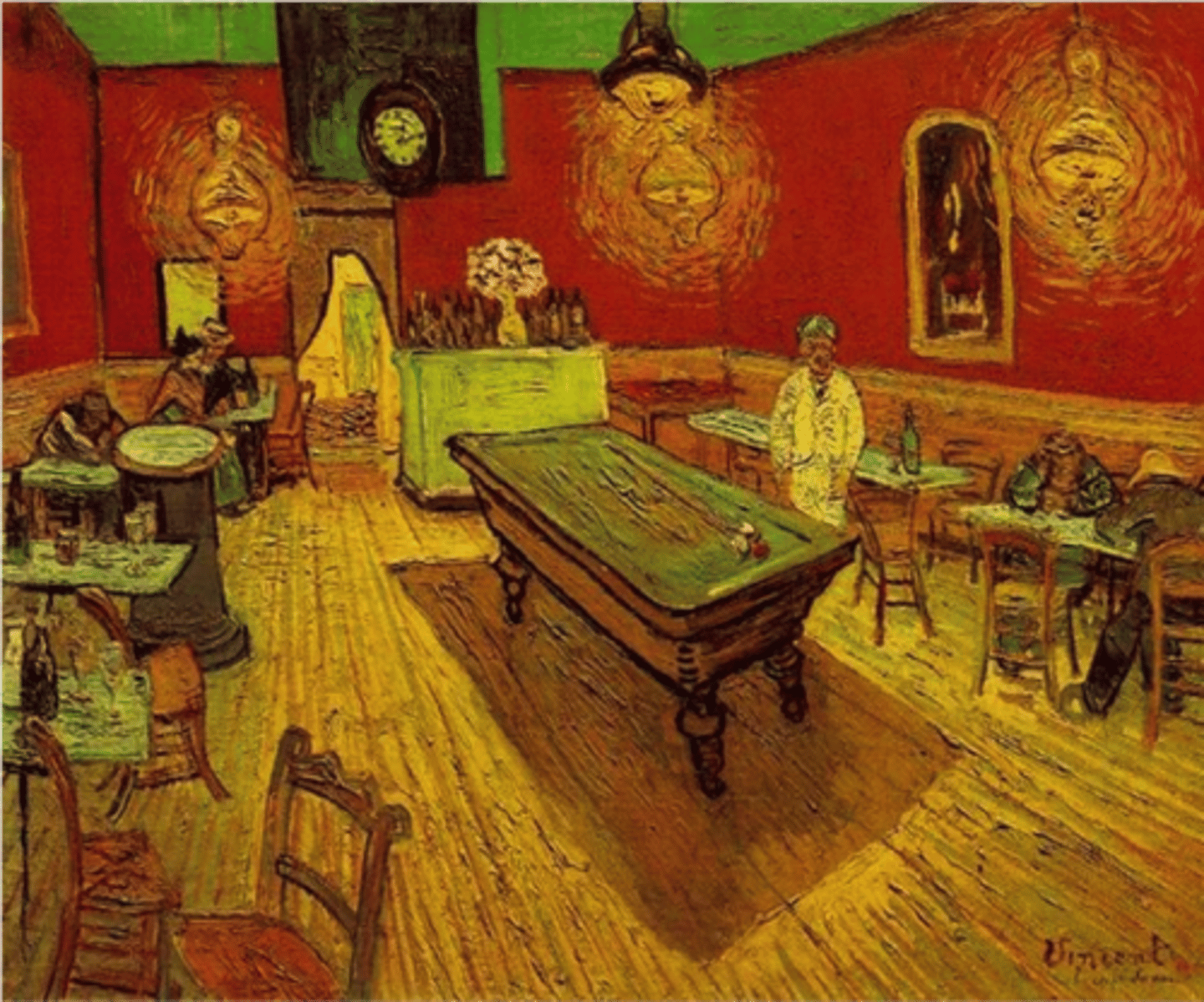
Discuss the importance of Japanese prints to the artists of both the Impressionist and Post-Impressionist movements. What appealed to artists like Degas, Van Gogh, and Gauguin? How did they utilize Japanese print techniques in their own works? Compare Hiroshige's Plum Estate, Kameido to works by these western artists. What are the similarities?
Japanese prints inspired western artists in terms of composition, color, and texture. Gauguin used flat colors and tree structure durectly inspired by Kiroshige's plum estate. Van gogh is also inspired by the colors and composition of japanese works. Degas' subject matter and composition were inspired by Japanese prints.
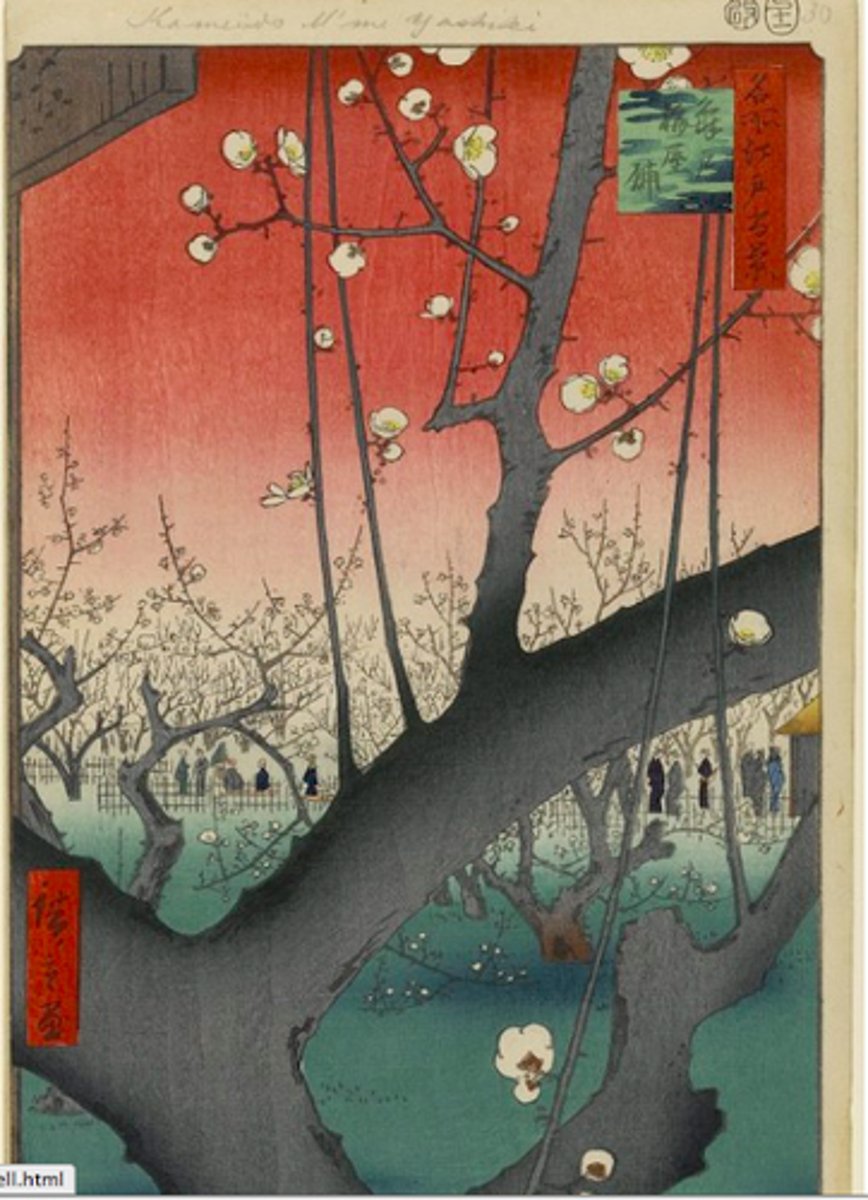
What is the attraction of places like Brittany and Tahiti to Gauguin? Why does he choose to paint these subjects? To live in these societies? Think: what is the myth of primitivism?
He idealizes non-Western cultures, like Tahiti, viewing it as an unspoiled paradise. His paintings reduced the "primitive" people to basic shapes, without much classic shadow or artistic touch. He was not trying to represent them, but was rather trying to be sincere, as he prefered this style to traditional academic art
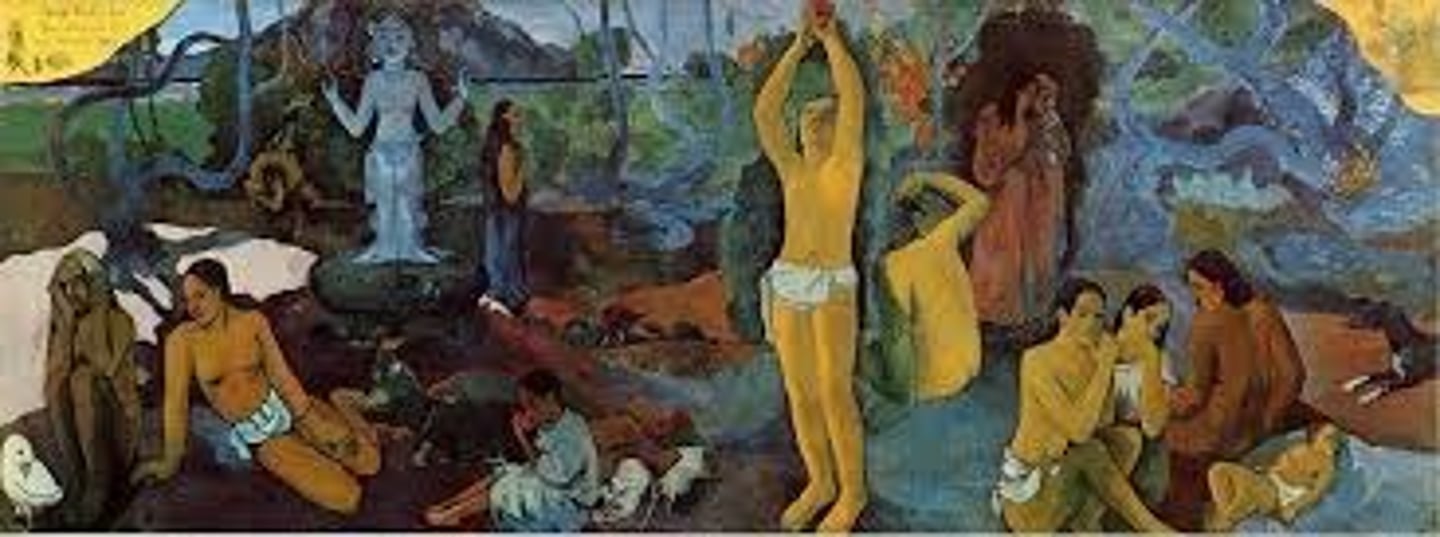
How does Gauguin achieve his aim of depicting a "vision" in The Vision After the Sermon? What types of artwork is Gauguin using as a model for this painting? Be able to point out specific models used by Gauguin in the painting. Think: western & eastern influences.
The women in the foreground are looking on, so they are not experiencing the experience themselves. They were witnessing the religious experience from an outside perspective. He depicts catholic women.
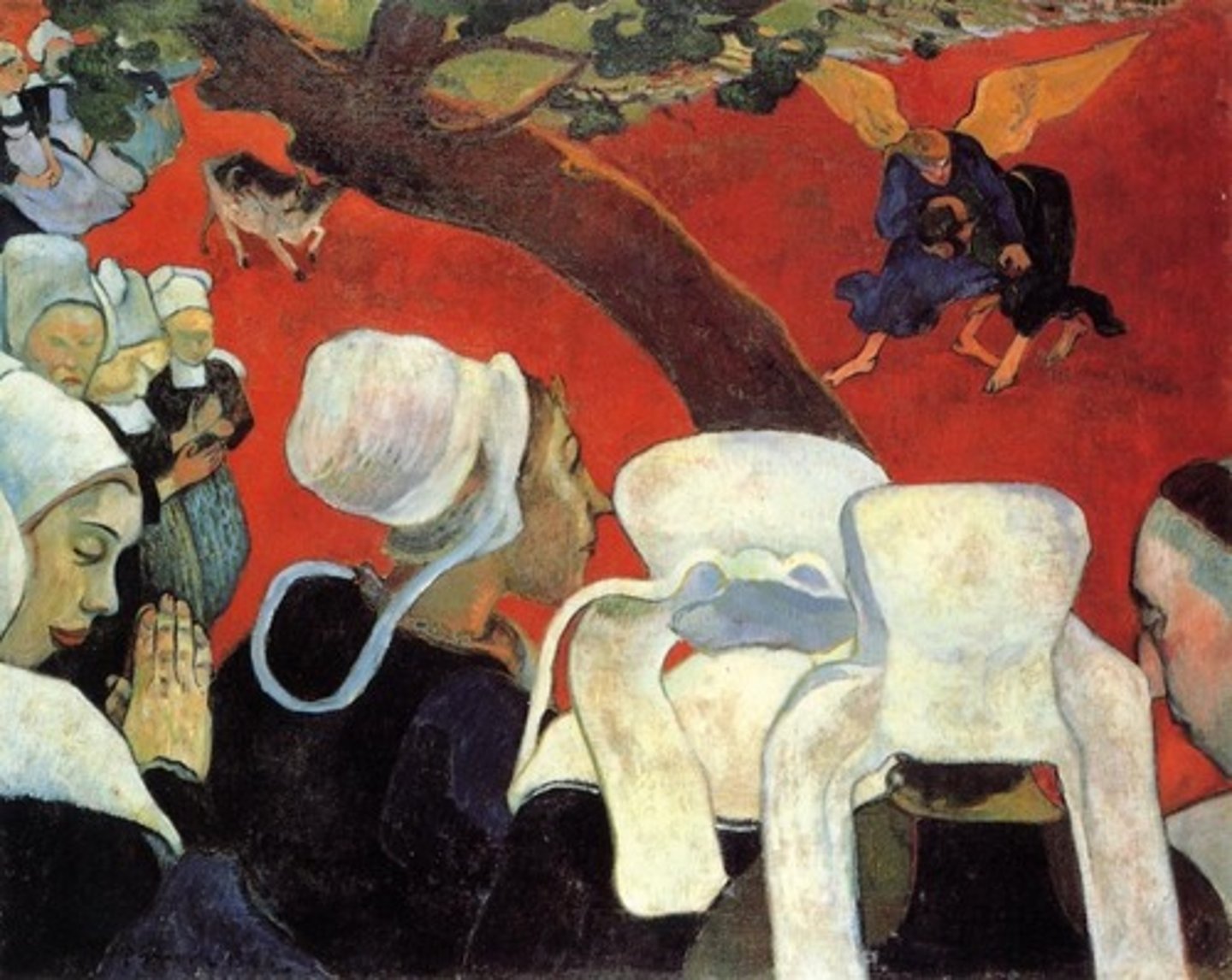
how does the vision after the sermon - as well as Where Do We Come From? What Are We? Where Are We Going? - supports Gauguin's ideas about "primitive" peoples
His simplification of color and form, heavy lines, and decoration emphasize the picture plane and the primitive nature of the people he was depicting in "Where do we come from?". In both of these paintings, he was borrowing non-western figures. He was searching from a place removed from European Materialism. He
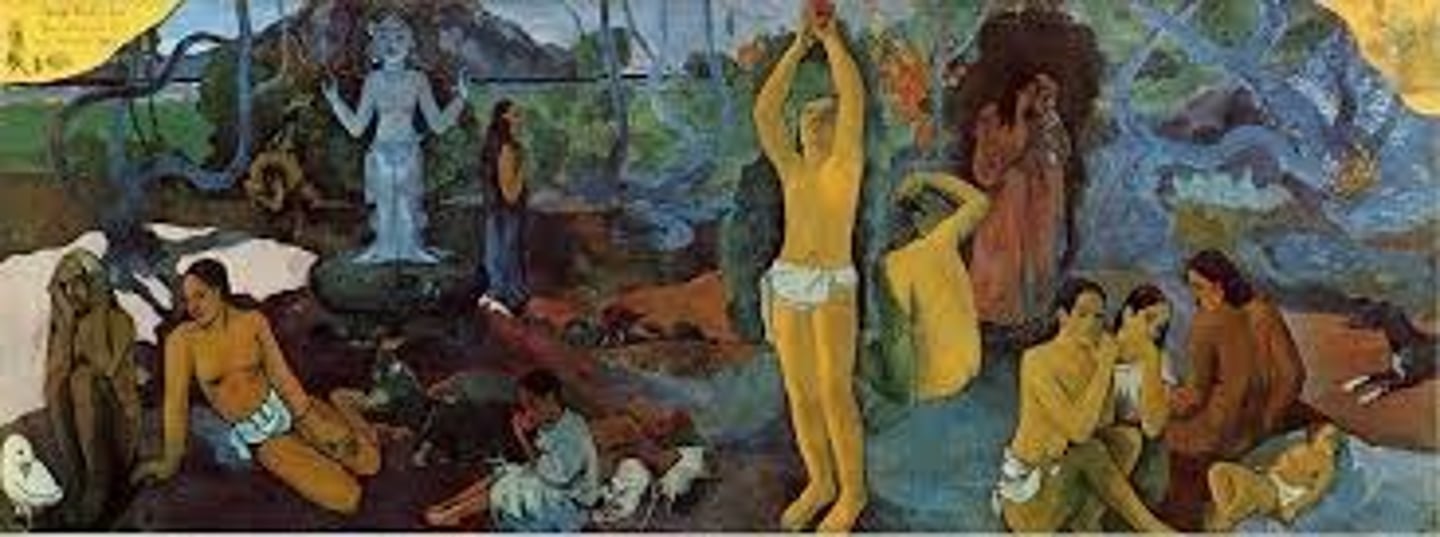
What did the Symbolist artists hope to express with their artworks? What are some key stylistic characteristics of this group of artists? Also think: where do they overlap with Post-Impressionists like Gauguin & Van Gogh? How do the artistic aims of this group relate to larger developments within society during this period? (think: Freud
Symbolist artists wanted to express abstract sensations, moods, and deep-seated fears and desires. Wanted to investigate the psychology of deep desires thought color, paint application, and sculptural treatment, like Van Gogh did. Psychologists like Freud and Pavlov surfaced at this time, piquing interest in psychology.
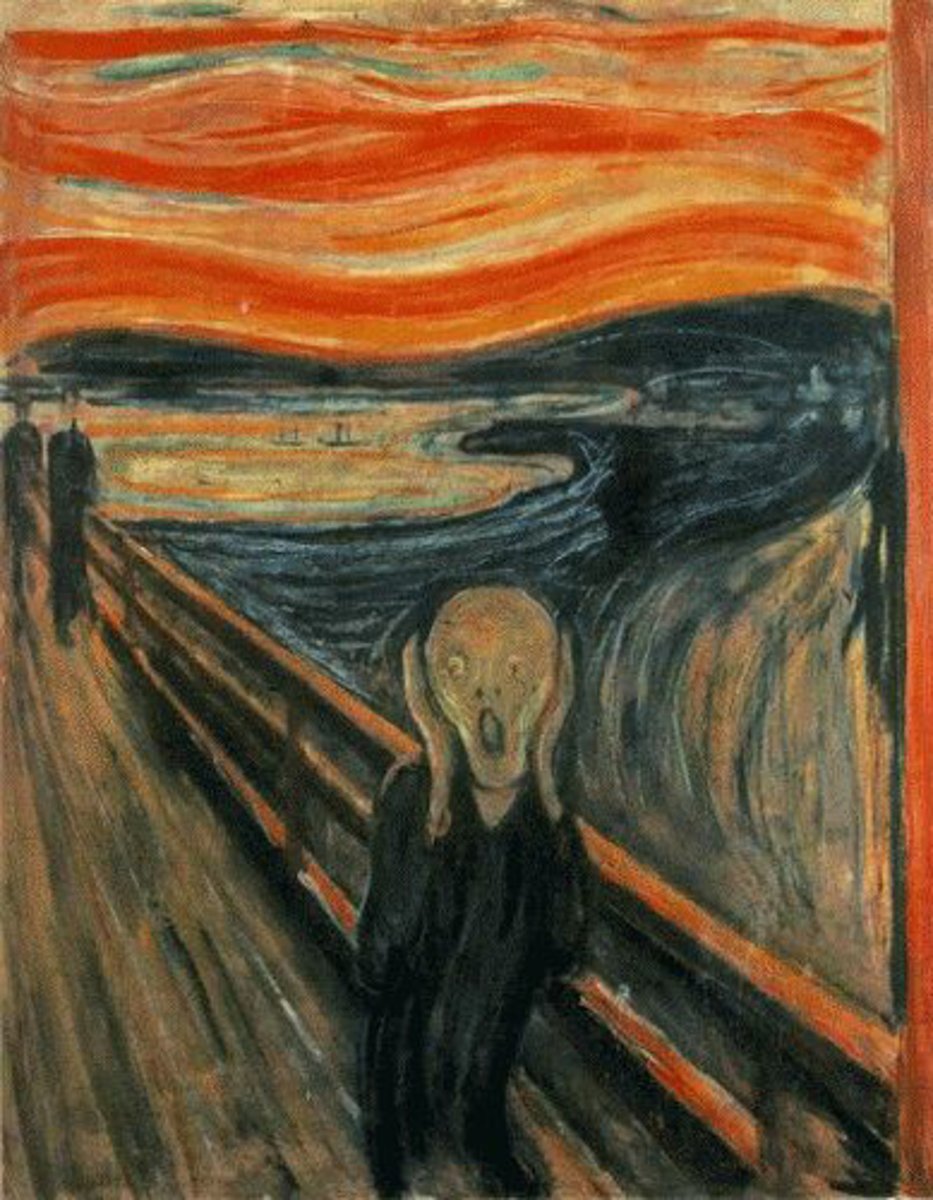
How is Munch's The Scream considered a perfect representation of Symbolist painting? What is Munch trying to communicate with this painting and how does he do so? (be specific about stylistic elements, subject)
The scream depicts a distorted figure with a skull-shaped head, elongated hands, wide eyes, with hands over his ears, perhaps to block out the scream of nature. This is piece of sensation rather than perceived reality. It focuses on modern alienation and horrifying anxiety. It requires a psychological response.
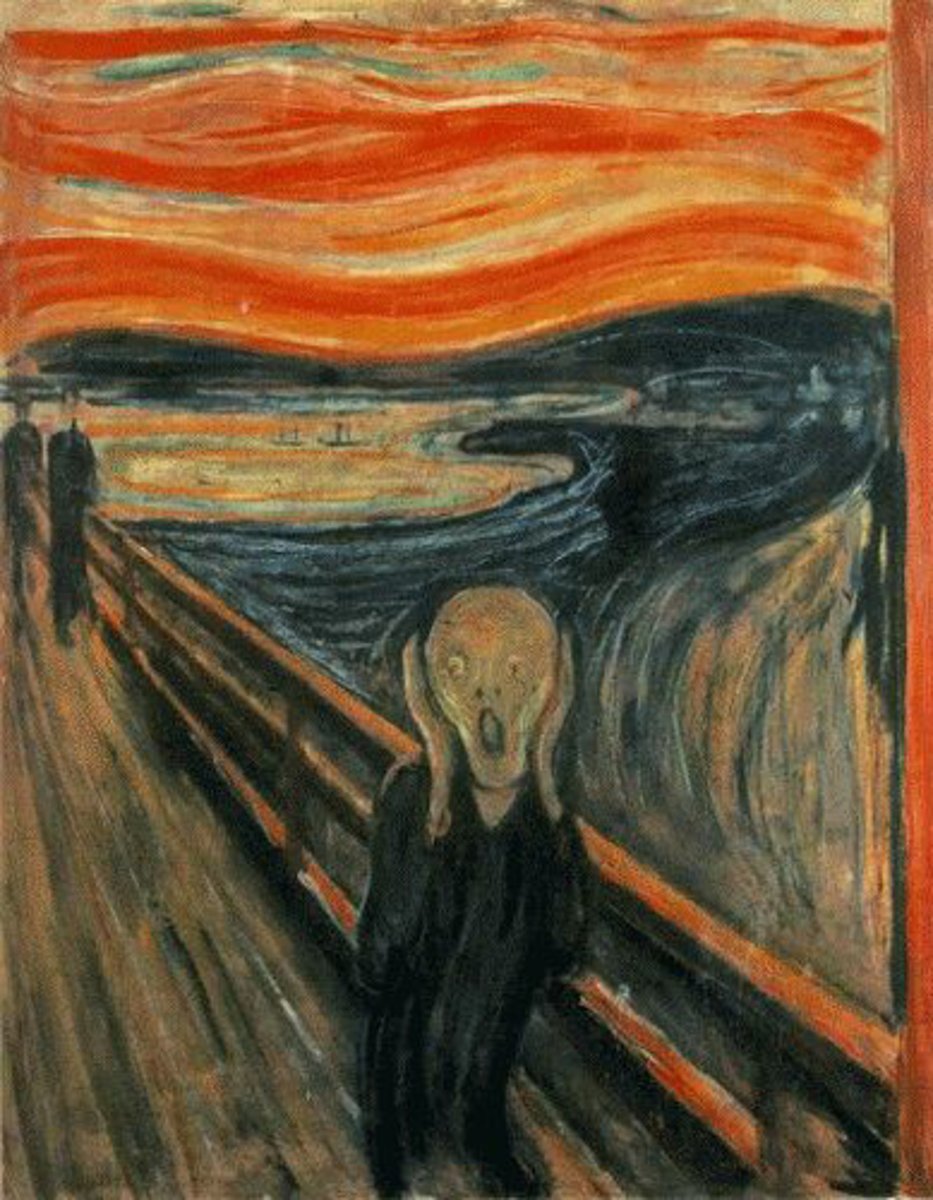
What is Rodin's sculptural process? How does this process directly relate to his Symbolist leanings? Think: what is the key feature of Rodin's sculpture? HOW does he sculpt - esp. vis a vis Michelangelo, a great influence on Rodin. Consider Rodin's Thinker in your answer.
Rodin was interested in rough, blemished representations of the human body, not in idealized forms. this rough surface texture enhances the muscles, creates a continuous line for the viewer to follow, creates continuous motion and heightened dancing contrasts between lights and darks. As the viewer moves around the piece, light and dark areas change. The expressive portrayal of the male body is similar to that of Michelangelo and Laocoon.
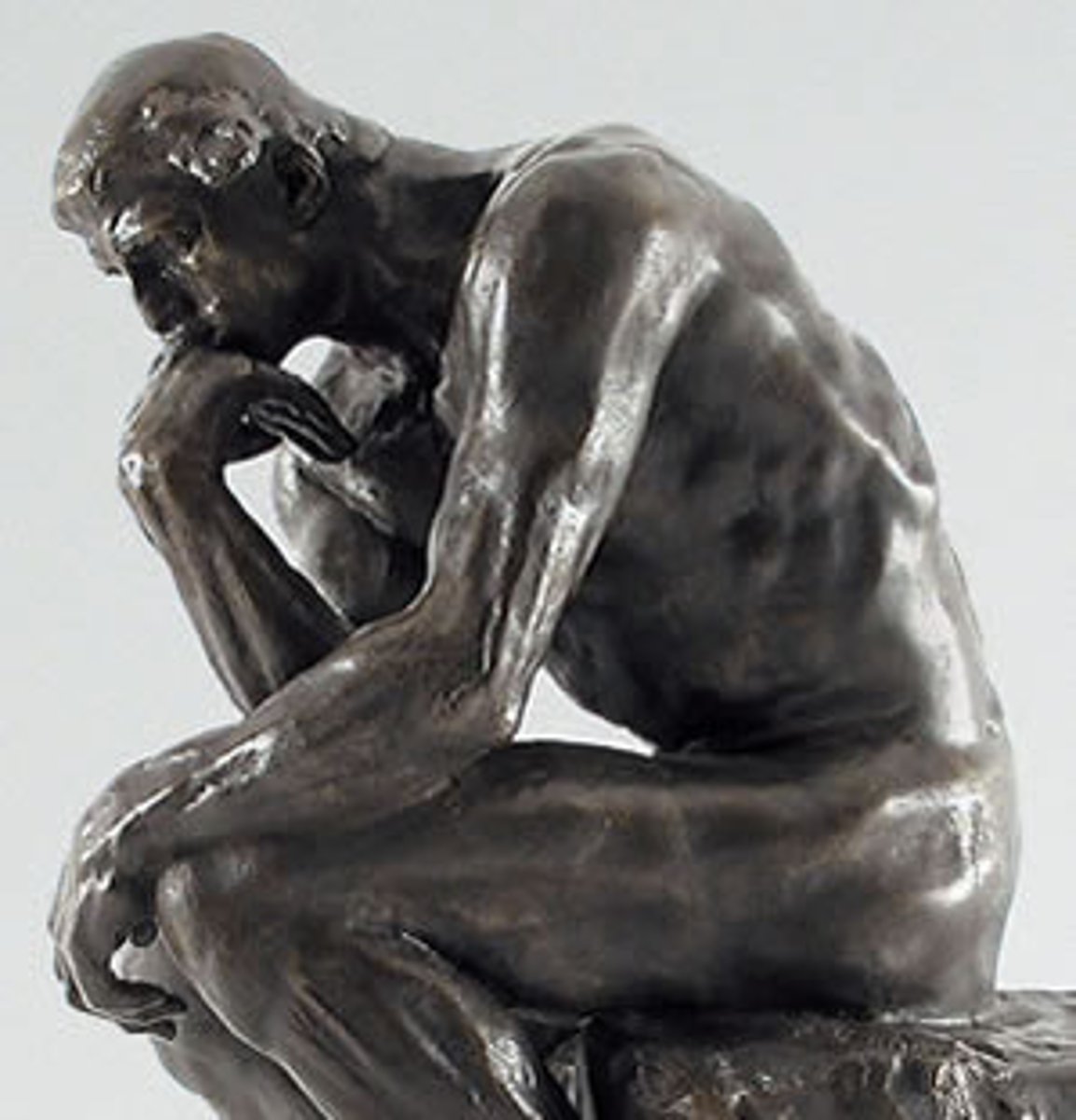
What is the subject of Rodin's The Burghers of Calais? What was its function? Why were the commissioners of the work unhappy with it?
We see six councilmen who were facing the reality of being sacrificed for their people. Rodin was Commissioned by the French City of Calais to create a sculpture that would honor the citizen Calais who was important during France and England's 100 years war. The city was expecting a sculpture of one figure, so they were displeased with Rodin.
